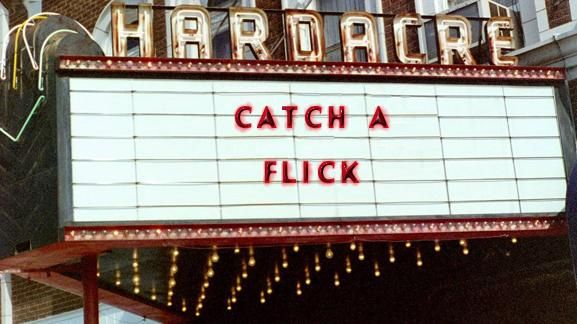
Man, was this movie cool! What a great love letter to one of my favorite film genres, the good ole Spaghetti Western. What is a Spaghetti Western you ask? The simplest answer to that question could be the movie The Good, the Bad, and the Ugly. Are you still confused?
Spaghetti Western, also known in some countries in mainland Europe as the Italo-Western, is a nickname for a broad sub-genre of Western film that emerged in the mid-1960s, so named because most were produced by Italian studios, usually in co production with a Spanish partner.
The typical team was made up of an Italian director, Spanish technical staff and a cast of Italian and Spanish actors, sometimes a falling Hollywood star and sometimes a rising one like the young Clint Eastwood in many of Sergio Leone's films. The films were primarily shot in the Andalusia region of Spain, and in particular the Tabernas Desert of Almería, because it resembles the American Southwest. (A few were shot on Sardinia.) Because of the desert setting and the readily available southern Spanish extras, a usual theme in Spaghetti Westerns is the Mexican Revolution, Mexican bandits, and the border region shared by Mexico and the U.S.
The best-known and perhaps archetypal Spaghetti Westerns were the Man With No Name trilogy (or the Dollars Trilogy) directed by Sergio Leone, starring then-TV actor Clint Eastwood and with musical scores composed by Ennio Morricone (all of whom are now synonymous with the genre): A Fistful of Dollars (1964), For a Few Dollars More (1965), and The Good, the Bad and the Ugly (1966). Atypically for the genre, the last had a relatively high budget, over one million $USD. Leone's next film after the so-called "trilogy" was Once Upon a Time in the West, which is often lumped in with the previous three for its similar style and accompanying score by Morricone, although it differs by the absence of Clint Eastwood in the starring role.
Thanks Wiki for that wonderful insight.
Now, Sukiyaki Western Django is not for everybody, the film will be an acquired taste. It has moments of mainstream appeal, but it's just not that kind of movie.
If the plot of Sukiyaki Western Django sounds familiar to you, that's because the movie takes a lot of cues from other Spaghetti Western classics such as Yojimbo(really a samurai film) and Django. A gunslinger crosses paths with two rival gangs who are both on the hunt for hidden gold in a remote western town. Knowing his services are valuable to either side, he offers himself to the gang that will offer up the biggest share of the wealth. This is a story that's been done to death, but what makes me like it, is the way the story is told.
Style is what this movie has. The whole production is done well with everything from beautiful camera work, surreal set design, cool costumes, and a very awesome chain gun in a coffin. Sukiyaki Western Django true eye candy and a really great tribute to some of the greatest Spaghetti Westerns of all time!
Sukiyaki Western Django gets an A+! Enjoy!!
~Caleb

No comments:
Post a Comment